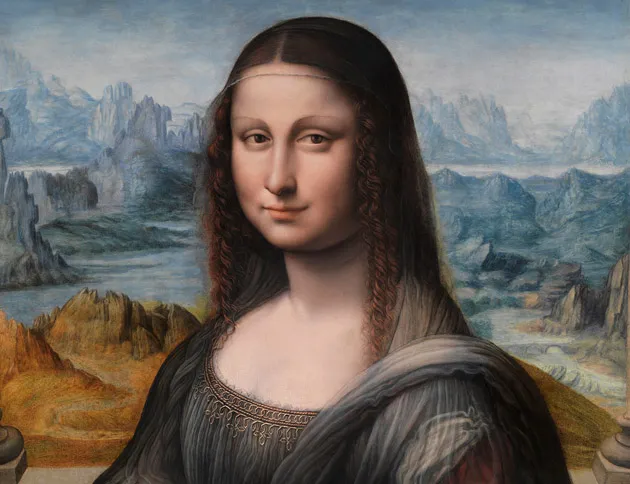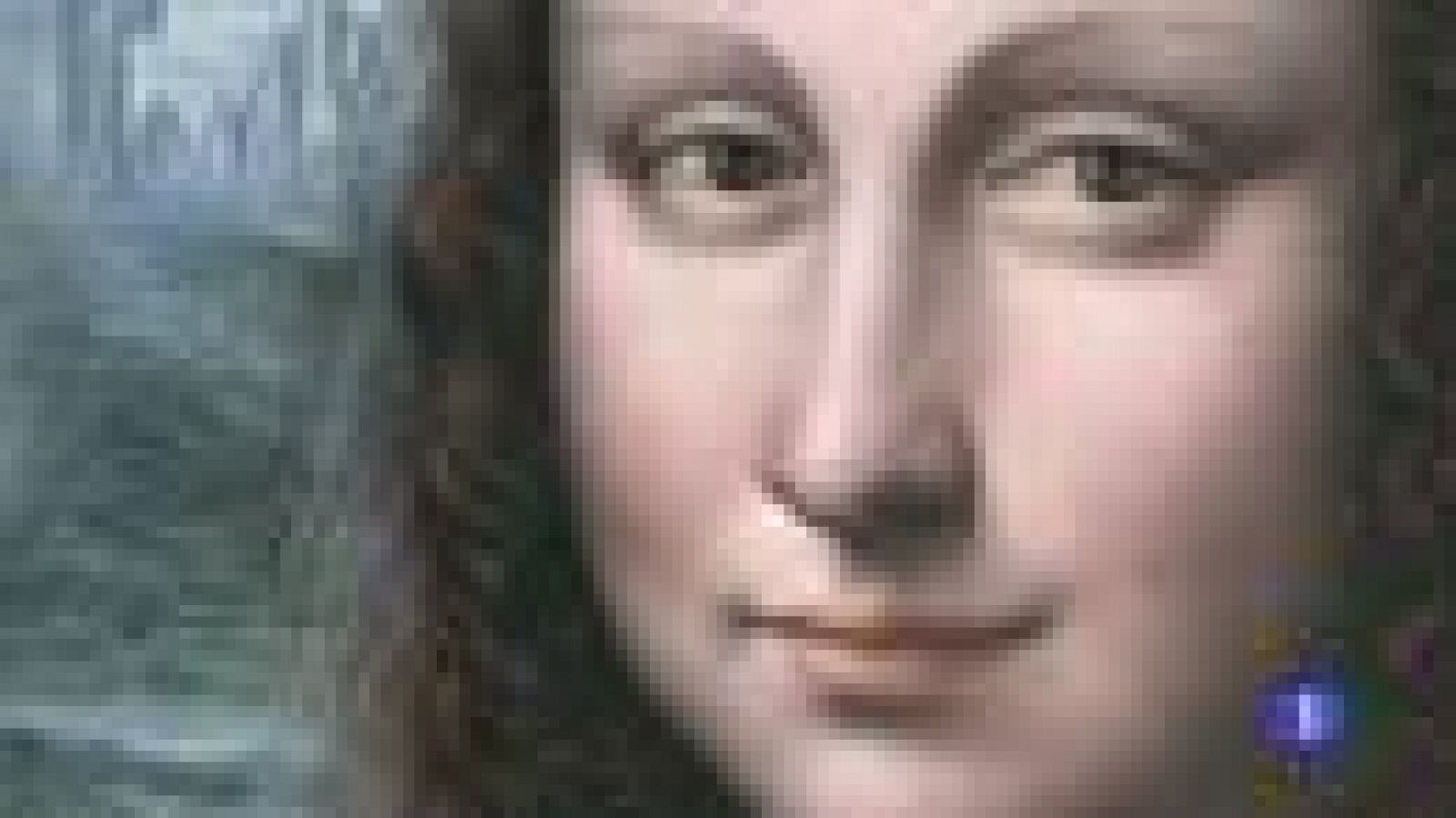
The Mona Lisa at the Prado Museum
La Gioconda or Mona Lisa is one of the most famous and enigmatic paintings in the history of art. Its author, Leonardo da Vinci, was a Renaissance genius who excelled in many fields of knowledge and creation. His portrait of Lisa Gherardini, wife of Francesco del Giocondo, is a masterpiece of the sfumato technique, which consists of blurring the contours and creating a soft and mysterious atmosphere.
But did you know that there is another version of La Gioconda, very similar to the original, which is preserved in the Prado Museum in Madrid? It is a copy made by one of the students of Leonardo's workshop, probably at the same time the master was painting his work. This copy, known as La Gioconda del Prado, is the oldest and most faithful of those known, and offers a clearer and brighter view of the portrait, as it has not suffered the darkening of the varnishes as the one in the Louvre.

This work, which was in the museum's storerooms, came to light in 2012 and caused great excitement among the public and experts. For a time, it was exhibited next to the original at the Louvre, where the differences and similarities between the two could be appreciated. Now, the Spanish copy can be seen in a room at the Prado, without much hype or fanfare.
What is so special about this version of the world's most famous smile? Well, according to some, it is prettier and more feminine than the original. It has a rounder face, bigger and more expressive eyes, looser hair and more pronounced eyebrows. In addition, the dark background has been restored and the landscape that Leonardo had painted has been recovered. Some believe that this copy is more faithful to the real appearance of Lisa Gherardini, the woman who posed for the Renaissance master.
The identity of the author of this replica is a mystery. It is believed that it could have been one of Leonardo's students or collaborators, who worked at the same time as him or shortly after. Some point to Andrea Salai, a young painter who was Leonardo's lover and protégé. Others suggest Francesco Melzi, another advanced disciple of the Italian genius. Whoever it is, the fact is that this copy is a jewel.

The Prado's Gioconda was discovered in 2010, when it underwent a process of study and restoration. Until then, it was believed to be a later and inferior copy, as it had a black background that hid the landscape. However, removing the background revealed the same landscape that appears in the original, with the same corrections made by Leonardo. In addition, the underdrawing was found to be very similar to that of the masterpiece, indicating that the copyist followed the same process of elaboration and had the supervision of the master.
The Prado's Gioconda is a work of great historical and artistic value, as it allows us to better appreciate the details and colors of Leonardo's portrait. It also shows us how Leonardo's workshop worked, where students learned by imitating the master and collaborating on his projects. The copy is not intended to compete with the original, but to complement and enrich it.
If you want to know more about La Gioconda del Prado, you can visit the Prado Museum or consult its website: https://www.museodelprado.es/coleccion/obra-de-arte/la-gioconda-o-mona-lisa-del-taller-de-leonardo-da/9c1f2f9c-8b0a-4b6d-8d3c-7e1f5c9f0b4e
And, if you are interested in learning more about the museum and its history, we recommend El Prado Guía de Arte, an essential art guide to discover and learn the essentials of the greatest works, artists and styles in the Prado Museum, including some of the greatest artists of universal painting.
You can buy it at: https://www.amazon.es/Prado-Art-Guide-essential-masterpieces/dp/8418943408

